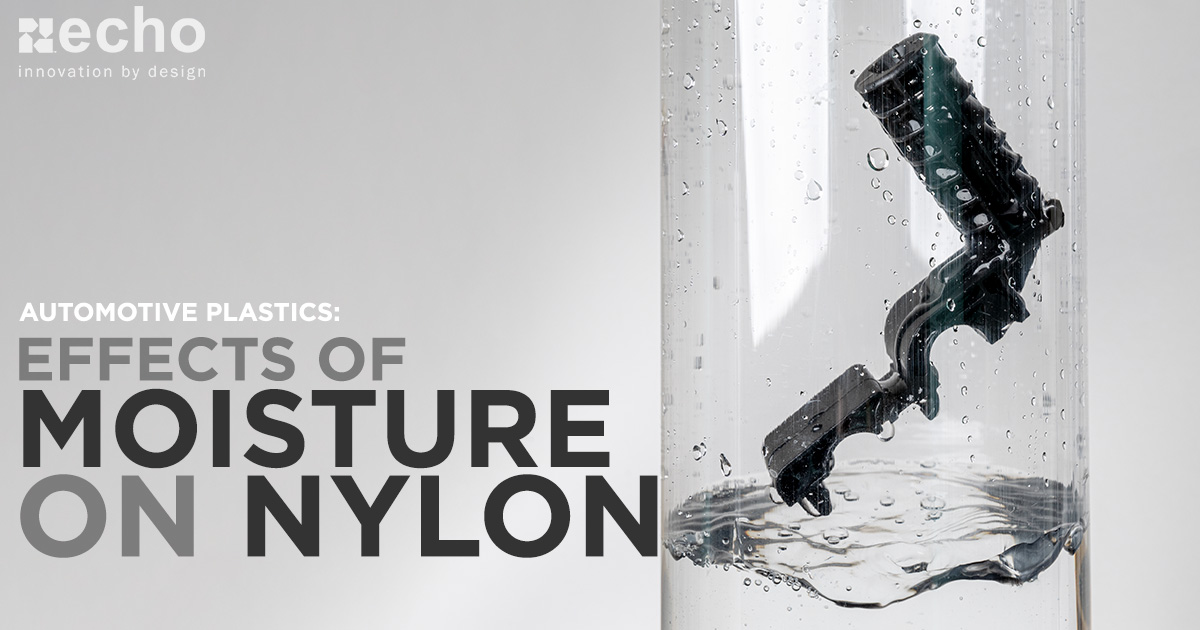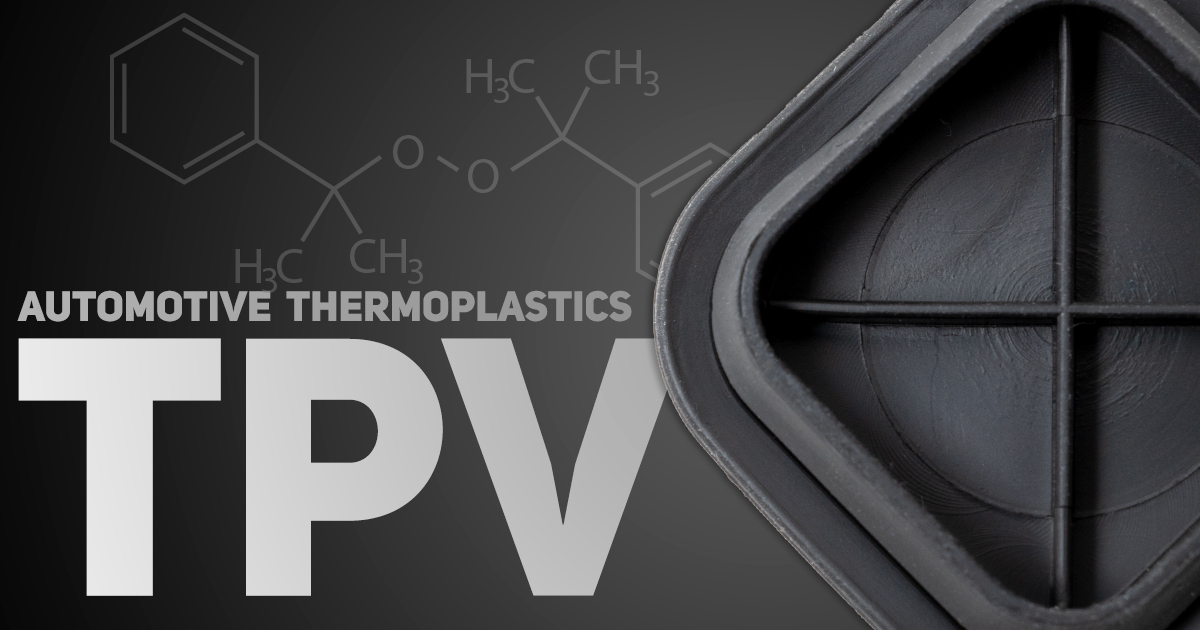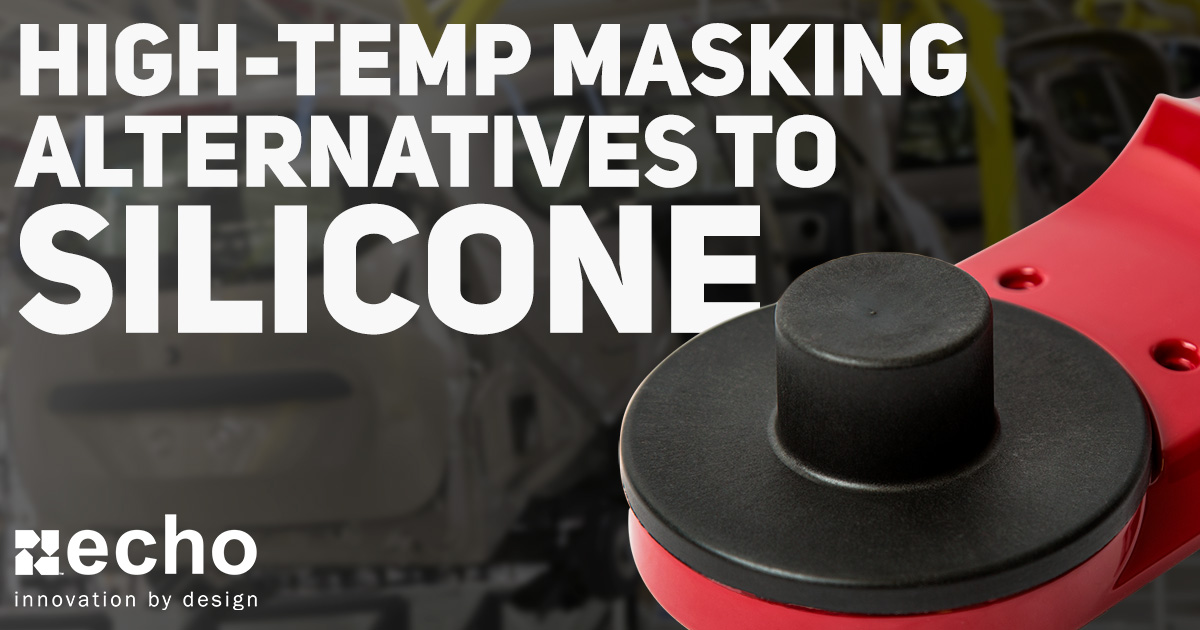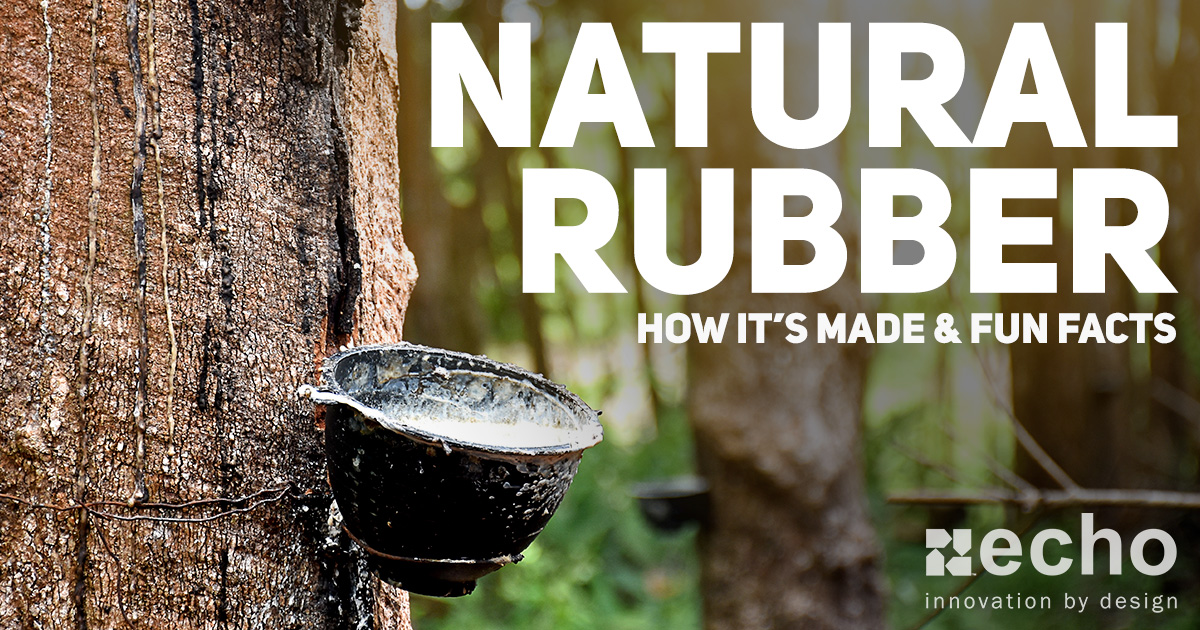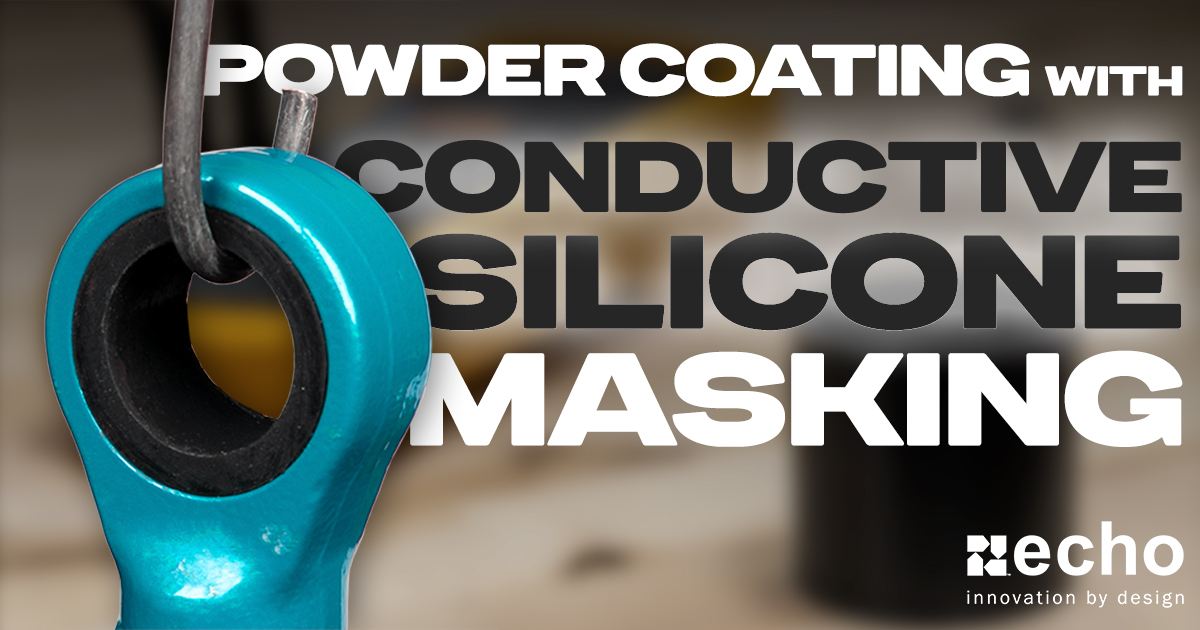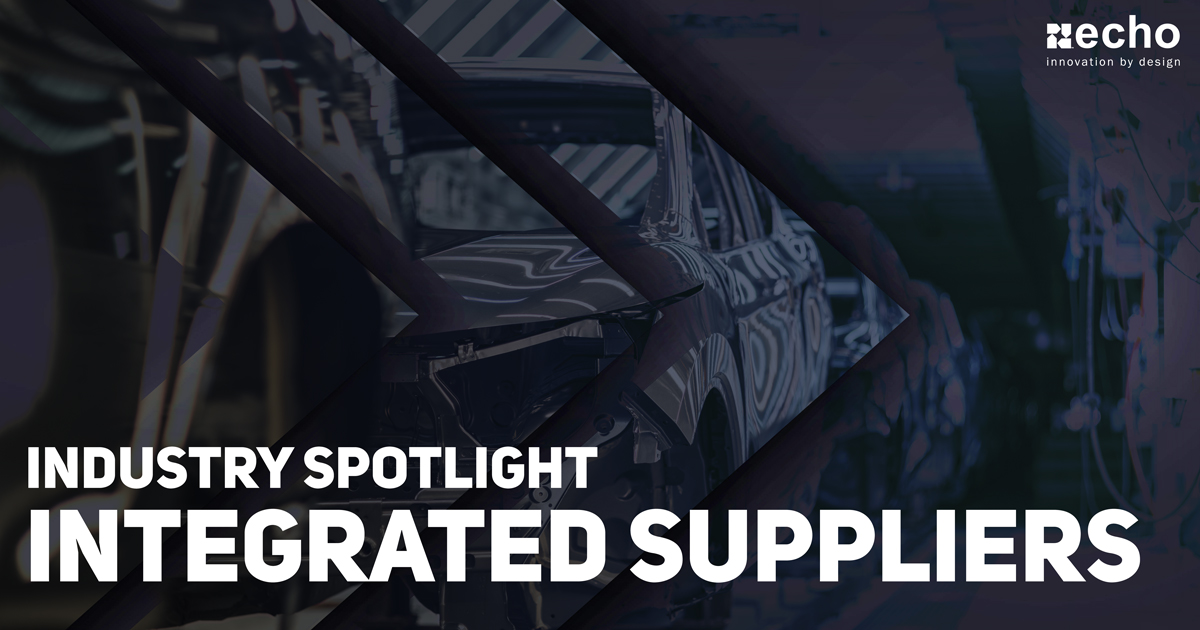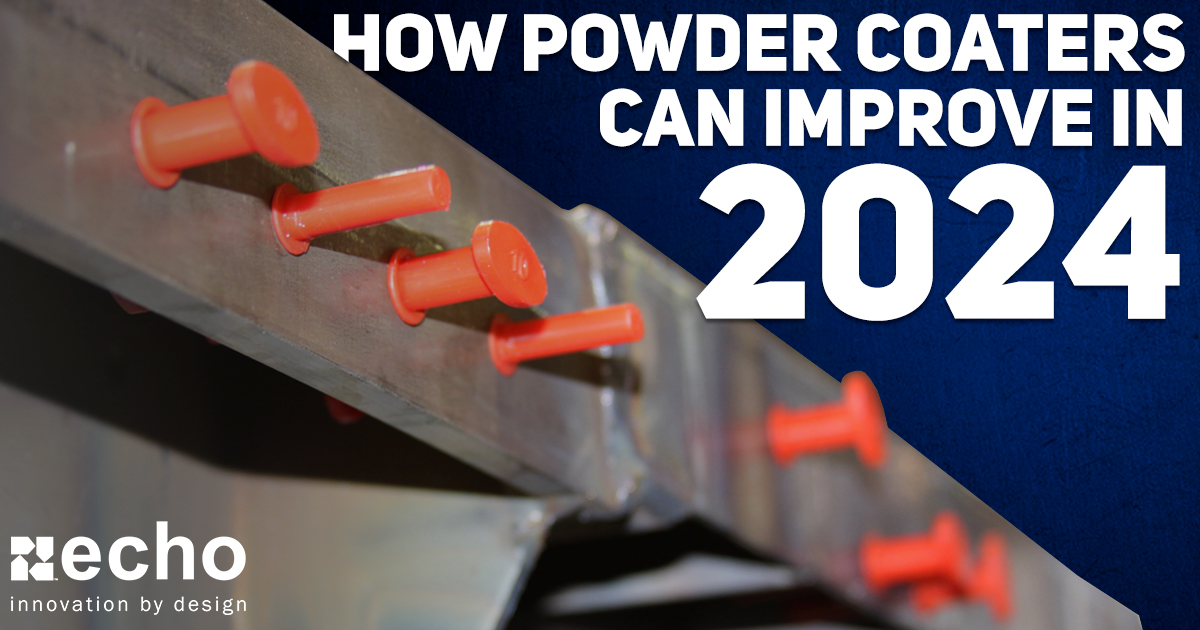Basics of Thermoplastics
-
 By
Lee Lechner
By
Lee Lechner - Jul 12, 2022
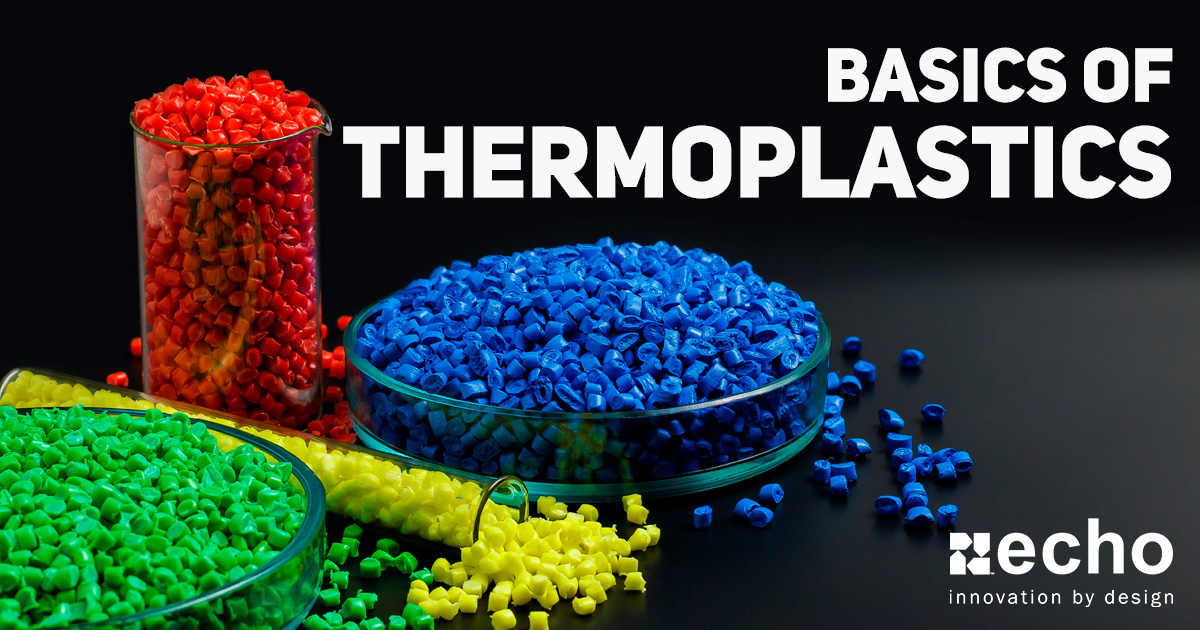
What are Thermoplastics?
Thermoplastics are a class of polymers that can be softened and melted into a homogenized liquid by heat and can be processed either in the heat-softened state by thermoforming or in the liquid state via extrusion and injection molding. Thermoplastics are loose polymer chains that break apart when heat is applied. This is a reversible process, which means it can be reheated and reshaped repeatedly, making them recyclable.
Thermoplastics are the most commonly used type of plastic. They come from natural and synthetic sources, such as cellulose fiber found in wood & cotton, as well as petroleum and plant-based materials. There is a relatively broad range of advantages and disadvantages of thermoplastics.
Advantages of Thermoplastics
- High-volume manufacturing
- Highly recyclable
- High impact resistance
- Varying levels of chemical resistance
- Varied finishing options
- Good dimensional stability
Disadvantages of Thermoplastics
- High cost for some materials
- Exhibit brittle behavior under high-stress loads
- Subject to deformation and creep over time, temperature, and load
- Lower operations temperatures compared to metals
- Poor resistance to organic solvents, hydrocarbons, and highly polar solvents
Thermoplastic Product Examples
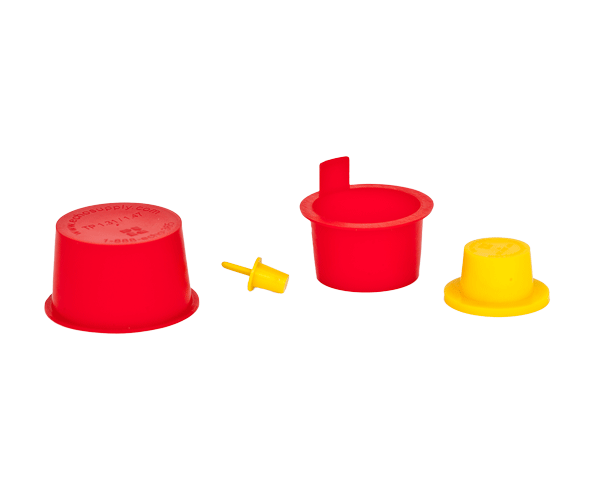



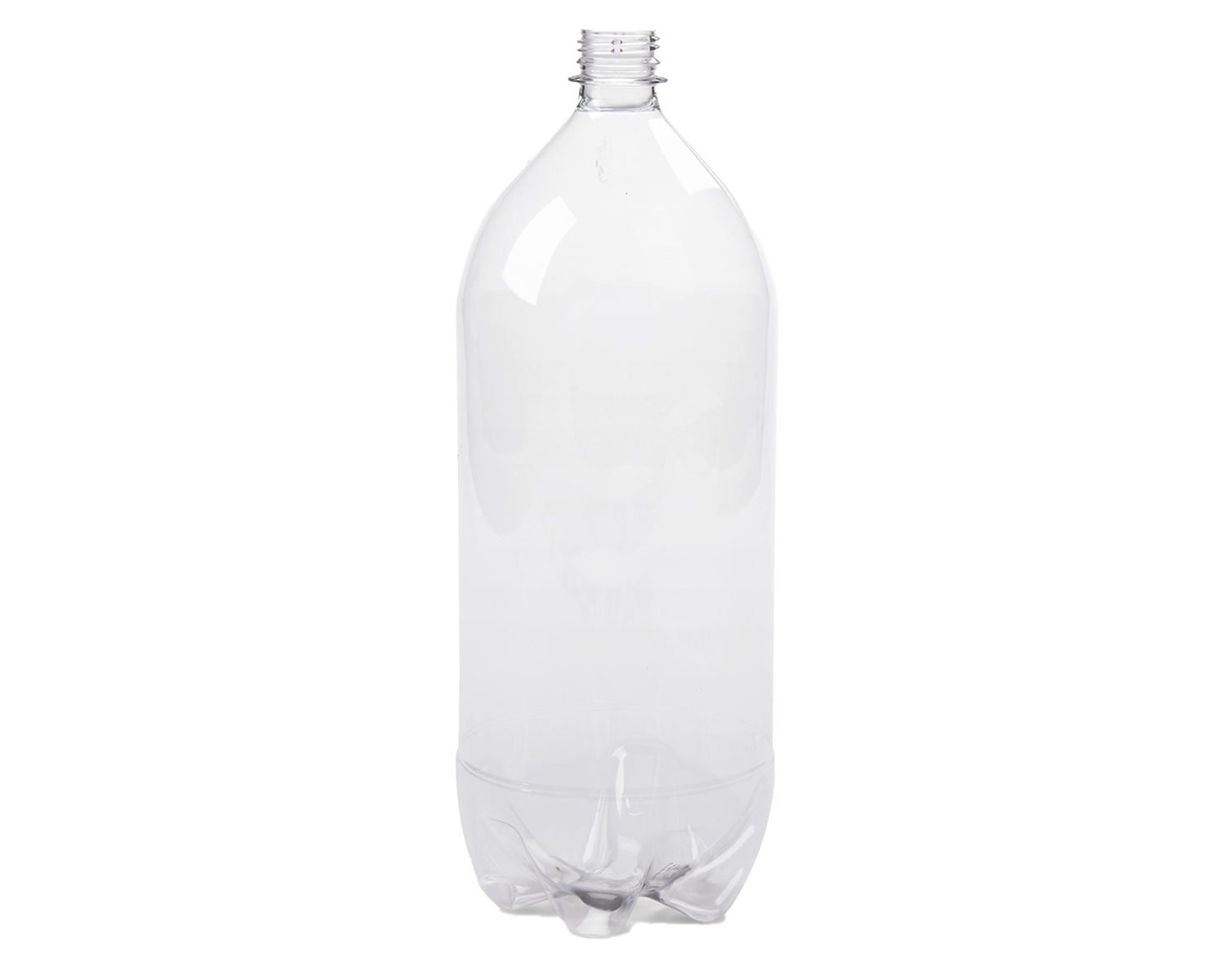

Commodity vs. Engineered vs. High-Performance Thermoplastics
Thermoplastics are an extensive line of plastic materials separated into three primary groups based on their use. These groups are commodity thermoplastics, engineered thermoplastics, and high-performance thermoplastics. Below you'll find more in-depth information on each.
Commodity Thermoplastics
Commodity thermoplastics are produced in large quantities, typically for applications that don't require special engineered properties. This classification of thermoplastics has extensive application end uses, lower material costs, but limited property performances
Commodity Thermoplastics Include:
- Polystyrene (PS)
- Polyethylene (PE)
- Styrene Acrylonitrile Copolymer (SAN)
- Polybutene (PB)
- Polyester (PES)
- Polyvinyl Chloride (PVC)
- Polypropylene (PP)
Engineered Thermoplastics
Engineered thermoplastics are made of a special high-performance segment of synthetic plastic materials that offer premium properties. You'll find this thermoplastic class used in lower volume products (compared to commodity products like water bottles) that require stronger mechanical or thermal properties.
Engineered Thermoplastics Include:
- Polyamides (PA6, PA66)
- Polyesters (PET, PBT)
- Polycarbonate (PC)
- Polyacetals (POM)
- Acrylonitrile-Butadiene-Styrene (ABS)
- Many more
High-Performance Thermoplastics
High-performance thermoplastics meet higher requirements than commodity and engineered thermoplastics. They provide greater thermal resistance & stability over both the short and long term. This means they have higher melting points, heat deflection, transition, and continuous-use temperatures. The drawback is that they are much more costly than the other two options and require processing equipment capable of high melt and mold temperatures.
High-Performance Thermoplastics Include:
- Polyether Ether Ketone (PEEK)
- Liquid Crystal Polymer (LCP)
- Polytetrafluoroethylene (PTFE)
- Polyimide (PI)
Amorphous vs. Semi-Crystalline
Thermoplastics are divided into two categories: Amorphous and Semi-Crystalline. The main difference between the two comes from their molecular structures, but we will go more in-depth on these below.
Amorphous Thermoplastics
Commonly known for being translucent/clear, amorphous polymers have a randomly ordered molecular structure that causes them to have a range of temperatures over which they melt. They lack a sharp melting point, so they soften gradually as the temperature increases.


Characteristics:
- Low Shrinkage
- Wide Softening Range
- Poor Chemical Resistance
- Excellent Paint Adhesion
- Clear
Material Examples:
- ABS
- Polycarb
- PVC
- Polystyrene
Crystalline Thermoplastics
Crystalline thermoplastics are comprised of high polymer components that are arranged in a crystalline structure. Its molecular structure is highly ordered and has a sharp melt point. The critical difference between crystalline and amorphous is that crystalline doesn't soften over time; instead, it will melt into a low viscosity liquid.


Characteristics:
- High Shrinkage
- Sharp Melting Point
- Good Chemical Resistance
- Poor Paint Adhesion
- Translucent/Opaque
Material Examples:
- PE
- PP
- PET
- Nylon
Thermoplastic Manufacturing
The three primary manufacturing methods for creating thermoplastic products are injection molding, extruding, and thermoforming.
- Injection Molding: This process involves melting the thermoplastic resin pellets and using pressure to inject them into a mold.
- Extrusion: This process, typically used in high-volume manufacturing, involves melting thermoplastics and pressing them through a die or steel disk in a continuous profile.
- Thermoforming: This process involves heating sheets of thermoplastics, forming them either inside of or over molds, cooling, and trimming away excess material.
Conclusion
Thermoplastics are the most extensively used form of plastics in the world. They come in many forms and classes, each with pros and cons. We've touched base on the basics throughout this post, but there is much more to know.
If you want to learn more, check out the recommended posts below.
Related Posts
About Echo Engineering & Ammex Plastics
Echo Engineering specializes in plastic injection molding, dual molding, and over-molding parts that range from protective shipping caps to some of the most complex injection molded automotive fastening, connecting, and suspension components found throughout a vehicle.
Our capabilities range from design, engineering, simulating, prototyping, testing, and manufacturing to giving our customers the best overall injection molding services. We take the time to understand what role the component plays in your manufacturing process or product development so that we can confidently recommend a solution that meets your needs - and surpasses your expectations.
If you want Echo to start looking into bringing your next injection molded part to life, fill out the form below, and our team will get back to you as soon as possible!



